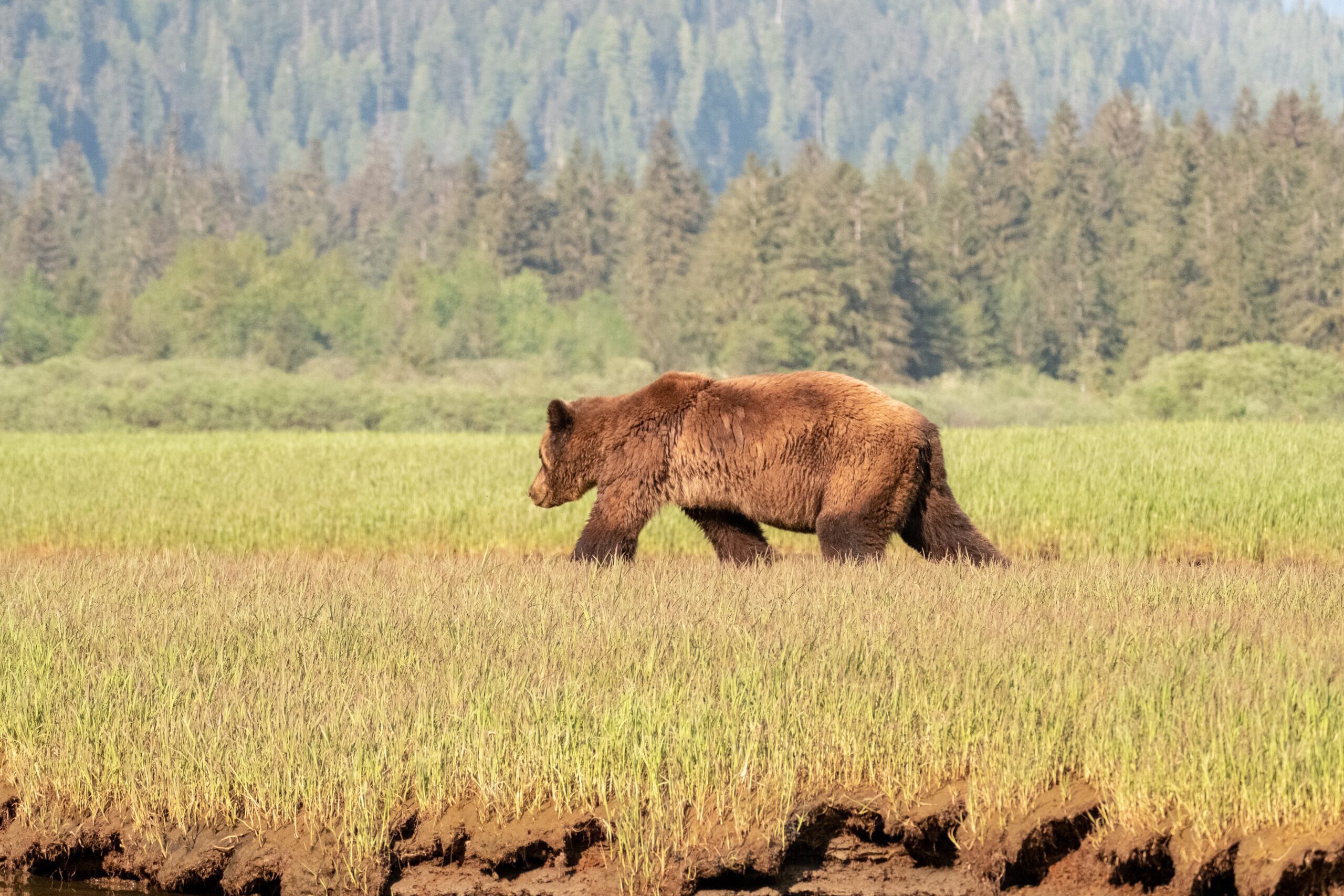The Endangered Species Act imposes significant regulatory burdens on anyone who owns land where endangered and threatened species or their habitats are found. The predictable result of such burdens is to discourage landowners from accommodating rare species or maintaining habitat. A recent study confirms this prediction, finding that species already threatened with habitat loss have lost an additional 8.1% of their private-land habitat over the last 30 years.
Previously, this effect had been shown for individual species. For instance, a 2003 study by Dean Lueck and Jeffery A. Michael found that landowners accelerated timber harvesting in areas occupied by the red-cockaded woodpecker. To protect individual birds and habitat, the federal government limits timber harvesting in areas occupied by the species. However, red-cockaded woodpeckers prefer old-growth pine forests. Landowners who harvest their trees early can avoid creating these conditions and, therefore, avoid the federal regulations that accompany the bird’s presence. The study found that landowners behaved precisely this way, with landowners 10% more likely to harvest early if a woodpecker population was nearby.
The more recent study, published in the journal Frontiers in Ecology and the Environment, suggests this is not an isolated problem. Using satellite data, the authors measure the change in available habitat over the last 30 years for 24 species threatened by habitat loss. The amount of habitat available decreased over that time, regardless of whether land was public or privately owned. But the effect was more pronounced on private land (an estimated 8.1% compared to 3.6% on federal land).
The study also provides some evidence that the effect may be greatest immediately before a listing. This makes sense because the incentive is to preemptively destroy habitat before the listing. After the listing, such habitat destruction could lead to significant penalties. Similarly, the study finds that species likely to be listed in the near future (based on the IUCN’s Red List) suffered losses similar to listed species.
The conclusion that species lost habitat even on federal land may surprise since federal land managers don’t face the same incentives that private landowners do. But they may face similar incentives. If endangered species protections are seen as coming at the expense of an agency’s mission (which is a rational deduction from how the ESA operates), federal land managers may also have weak incentives to protect habitat (and perhaps even similar perverse incentives to preempt habitat to advance other goals).
Ultimately, the consequences of the Endangered Species Act’s bad incentives fall as heavily on rare species as they do on landowners. Not only have fewer than 3% of listed species recovered during the Endangered Species Act’s 45-year history. But the U.S. Fish and Wildlife Service has reported that the number of listed species declining exceeds the number improving 4 to 1.
To recover species, it’s not enough to slow the loss of habitat. That loss must be reversed. Only when species and their habitats are an asset, rather than a liability, will such results be achieved. Fortunately, free market environmentalism offers many ways to better align the incentives of landowners with the interests of rare species.




